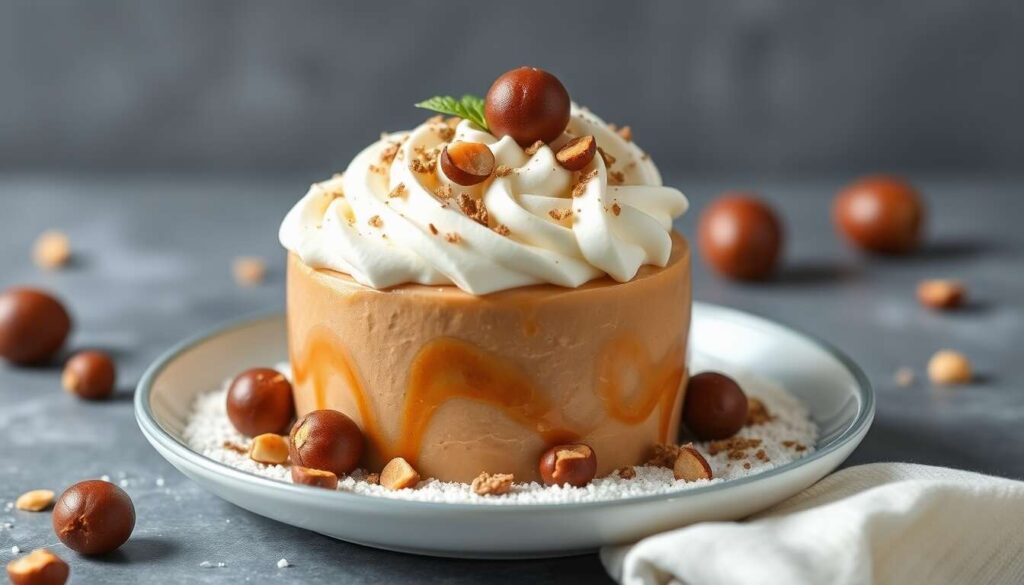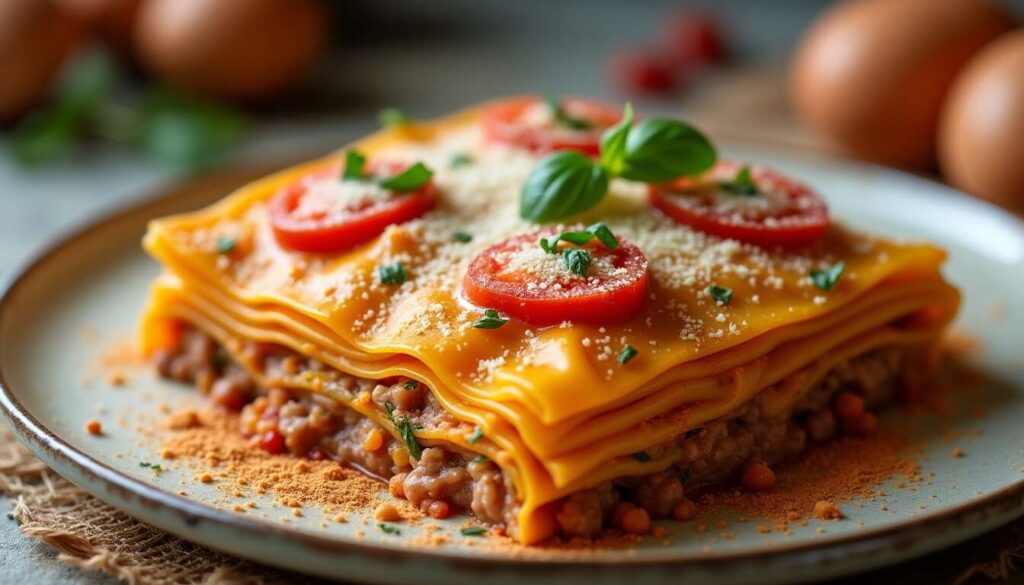Green vegetables, often a staple on our plates, are not only delightful but also packed with essential nutrients. However, cooking them requires a certain expertise to maintain their vibrant color and nutritional value. One proven technique is the ice water bath, commonly used after blanching for optimal results. But how and why does this process influence the cooking of green vegetables so significantly?
Understanding the blanching of green vegetables
What is blanching?
Blanching is a quick cooking technique that involves immersing vegetables in boiling water before rapidly cooling them. This method helps to preserve the color, texture, and nutritional qualities of the vegetables while making them more digestible.
The benefits of blanching
Blanching offers several undeniable advantages:
- Precooking: It initiates the cooking process, which can reduce the final cooking time.
- Preservation: It aids in retaining the natural pigments, primarily chlorophyll, which gives vegetables their green hue.
- Removal of impurities: It helps eliminate any soil or pesticide residues that may be present on the surface of the vegetables.
These aspects make blanching an essential step before subjecting vegetables to an ice water bath.
Why use an ice water bath?
The thermal shock
Applying an ice water bath to blanched vegetables creates a thermal shock that halts cooking immediately. This process prevents the degradation of enzymes responsible for the loss of color and nutrients.
Specific advantages of the icy bath
The ice water bath provides several key benefits:
- Stabilization of chlorophyll: It preserves the intense green color of the vegetables.
- Texture maintenance: It keeps vegetables crisp and appealing.
- Conservation of essential nutrients: It prevents the leaching of vitamins and minerals into the cooking water.
This process ensures that the vibrancy of the vegetables is preserved throughout culinary preparation.
The secrets to preserving green color
The importance of chlorophyll
Chlorophyll is the pigment that gives vegetables their green color. To maintain its intensity, it is crucial to minimize cooking beyond the point where chlorophyll begins to deteriorate.
Techniques to maximize the effect
To make the most of the green color of vegetables:
- Utilize precise cooking times: Rigorously control the cooking duration in boiling water.
- Incorporate an acidifying agent or baking soda during cooking to regulate pH.
- Ensure a rapid and uniform cooling to set the color.
Now that color preservation is mastered, let us examine how the process should be precisely followed for effective blanching.
Key steps for effective blanching
Proper preparation of vegetables
To ensure good cooking, it is essential to prepare vegetables properly:
- Wash and trim: Remove undesirable parts and wash thoroughly.
- Cut evenly to ensure uniform cooking.
Appropriate cooking times
Each vegetable may require a different blanching time:
| Vegetable | Blanching time (minutes) |
|---|---|
| Green beans | 3 to 5 |
| Broccoli | 4 to 5 |
| Spinach | 2 to 3 |
By following these steps, blanching becomes a breeze, preparing your vegetables for the upcoming ice water bath.
Which vegetables to blanch for maximum flavor?
The best vegetable choices
For blanching and ice water baths, some vegetables yield exceptional results:
- Green beans: Perfect for serving in salads or sautéed with almonds.
- Broccoli: Excellent as a side dish or mixed in pasta dishes.
- Asparagus: Ideal for brunch and refined dishes.
Maximizing flavors
While nearly all green vegetables can benefit from this process, the aforementioned ones stand out for their vibrant flavor and color after blanching and icy immersion. These vegetables form the foundation of many balanced and delicious dishes.
Let us now move on to enhancement techniques with the addition of baking soda.
Enhancement techniques with baking soda
Using baking soda
Baking soda can be used sparingly during blanching to enhance the color of vegetables:
- Color enhancement: Adjusts the pH of the water, intensifying the green hue.
- Softening effect: Softens certain plant fibers, making digestion easier.
Precautions for use
However, be sure to limit baking soda use, as excessive amounts can alter texture and taste. Generally, a small pinch is sufficient for one liter of cooking water.
This complementary method can thus be a valuable asset for those wishing to experiment with textures while maintaining vibrant colors.
Tips for enhancing the taste of vegetables
Key seasonings
Blanched vegetables are an ideal canvas for adding flavors through:
- The use of fresh herbs: Basil and parsley add an aromatic dimension.
- Spices: Such as turmeric or white pepper, which enhance flavor without overwhelming.
- Citrus zest: To sprinkle for an unexpected freshness.
Additional tips
Consider adding butter, flavored oils, or light sauces after cooking for an enhanced richness of flavors.
By following these tips, blanched vegetables become not only a treat for the eyes but also for the palate.
How to prevent post-cooking discoloration?
Preservation techniques
To ensure that vegetables retain their color after preparation:
- Store in airtight containers: Limits oxidation.
- Quick usage: Consume shortly after preparation to avoid natural discoloration over time.
Minimizing reheating
Limiting reheating time in the kitchen helps to preserve color and texture. Prefer gentle reheating in the microwave or a slightly warm oven rather than over direct flame.
In conclusion, mastering the ice water bath opens doors to creating visually appealing vegetable preparations.
The method of adopting an ice water bath following blanching has undeniable benefits: preserving the vibrant green color, maintaining a crisp texture, and conserving essential nutrients. This technique, combined with additional tips such as adding baking soda or thoughtful seasoning, elevates every dish of green vegetables. Well-prepared vegetables not only enrich your meals but also add a touch of freshness and color to your table. Embrace this culinary technique with confidence and transform your green vegetables into true edible art.







